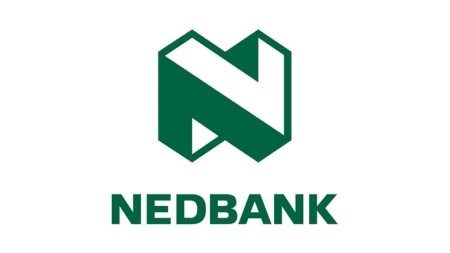The unpredictability of interest rates and the individual fiscal discipline of property owners is food for thought. Current global economic turbulence and local economic predictions for a tough six months ahead, is once again a reminder of the effects should interest rates fluctuate.
Long gone may be the intimidating double digit figure of a 25.5 percent lending rate, when in 1998 SA’s prime had escalated to unbearable levels. And so are the exceptional low levels of 4.5percent of 1948, when young families realised their dreams in paying bank loans instead of borrowing from families or employers to purchase homes.
For some, cash flow stability has become more predictable during the past two years of seeing mortgage interest rates at a comfortable 9 percent compared to the upper 20’s of 14 years ago. And not to be forgotten are those who in their wisdom, saw the rich dividends of forced savings by overpaying bonds in 2008, when interest rates had dropped to 15.5 percent over a 10 year period.
And tempted by hedging their bets in advance of possible interest rate fluctuations, are those who try and ‘beat’ the market, who may well have become accustomed to success in the past. To achieve this amid the complexities of commercial banks reacting to changes in the repo rate, which are driven by inflation and set by the Reserve Bank, who in turn stimulates the economy to ensure financial stability, remains challenging.
As a result, since a loan extended over 20 to 25 years can double the original purchase price of property, affordability is all the more reason for the mortgage industry to prioritise risk education and management. In addition is the issue of indebted consumers, when considering SA’s high household debt levels against disposable income, although dropping from 82% in 2008, currently remaining above 70%.
That leaves borrowers with the choice between fixed interest rates, which provide a greater predictability factor and possible forced savings, or fluctuating rates possibly lightening other debt burdens. Steven Barker, head of home loans industry leader Standard Bank, says the bulk of its mortgages are still at variable rates, and that fluctuations are reflected on clients’ accounts as soon as possible. Banks are constantly looking at new products and re-payment periods to cater for different levels of the market, and Barker says Standard Bank is specifically looking at a five year product designed for the lower end of the market, and possibly a degree of stability offered in the first few years of owning a property.
Nedbank Economist Nicky Weimar says that because increased interest rates raise the cost of borrowing, when buyers are pushed beyond their comfort levels safety margins can be built into bank repayments, ensuring that both current and general expectations over a cycle have been considered.
About his personal choice of variable interest rates, FNB Strategist Homeloans John Loos says he builds in a risk factor of around 5 percentage points added to monthly repayment values, reducing both the capital value of the bond and the period of payment.
One known factor about interest rates is that as little as a 0.1% reduction can translate into significant differences in the period of re-payment, and that some banks grant lowered rates to buyers with pristine repayment track records.



